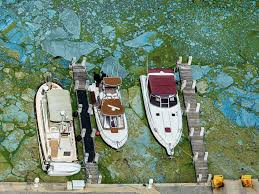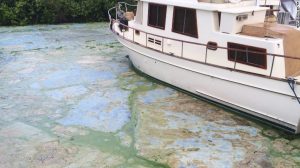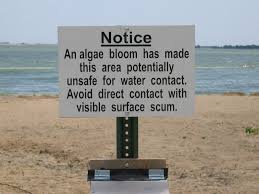No doubt about it … Florida is in crisis-mode as it contends with the horrible side-effects of Harmful Algae Blooms (HAB). Unfortunately, the crisis was all to predictable, after nearly unprecedented torrential winter rains filled Lake Okeechobee to threateningly high levels — and resulted in mass-draining of the polluted (see: toxic) lake.
ABC News reported on July 4th that Florida’s Gold Coast is suffering from a nearly worst-ever tourist turnout. Hundreds of millions of tourist dollars have already been lost, and more economic fallout will follow.
As far back as 1999, concerns over phosphorus loading from agriculture were being presented by the State of Florida Environmental Protection Agency. In 2011, even more clarity regarding phosphorus runoff into Lake Okeechobee, largely from area agriculture, was brought to light:
Water quality in the lake has degraded over time due to high phosphorus loadings resulting from man-induced hydrologic and land use modifications over the past 60 years. The total phosphorus concentrations that currently exist in the lake are in excess of the amount needed for a healthy ecosystem. The in-lake total phosphorus concentrations have doubled over the last 50 years ….

With all the aforementioned heavy rain, in February, 2016, concerns over flooding resulted in the Army Corp of Engineers decision to drain Lake of Okeechobee at a rate of 70,000 gallons per second. And eventually all this dirty water flows to the tourist areas … bringing HABs with it.
A February 26, 2016 article by ThinkProgress.org was downright prophetic in predicting the “What Happens Next” stemming from this inevitable, if ill-fated, decision.
The simple fact is this: too many nutrients in water are a bad thing. They present a problem that spreads with runoff from land, which flows into waterways and then moves to other areas. Florida’s Gold Coast may be the latest, and most glaring example. But it is far from the only one.


